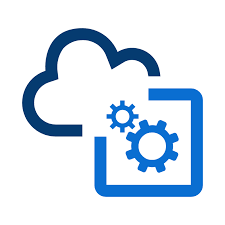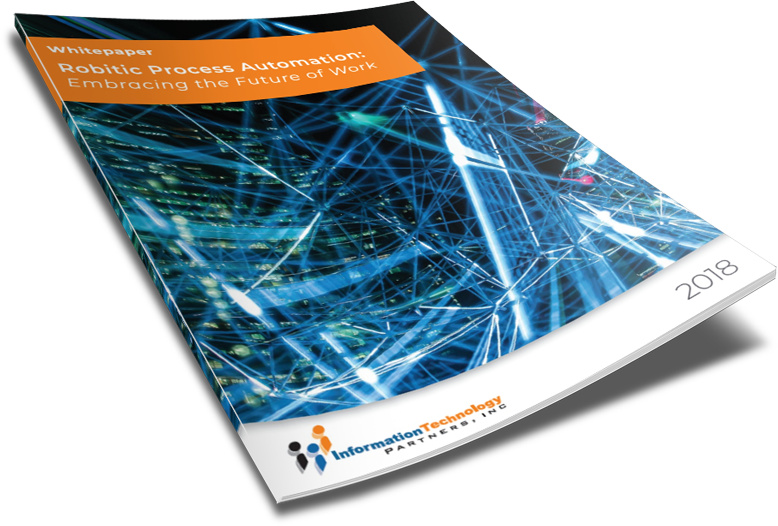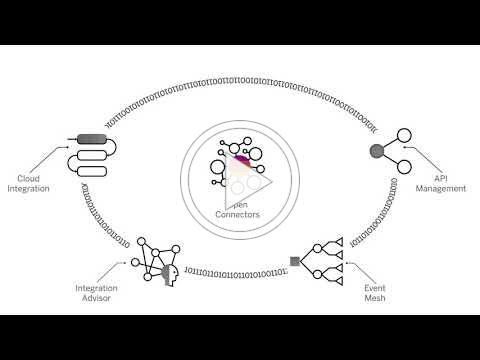TAKE NOTE (Insights and Emerging Technology)

Farooq Mitha, director of the office of small business programs at the Department of Defense, said he expects the current administration’s next budget proposal to reinstate the Rapid Innovation Fund to make it easier for small enterprises with novel ideas to do business with DOD, Defense News reported Tuesday.
Since 2019, Congress has not funded the Rapid Innovation Fund, which provided seed money to small businesses with innovative tech platforms and secured over $2 billion in funding over nine years.
Mitha said his office will be planning for the initiative, which he said helped small businesses get through the “valley of death” to facilitate the transition of defense tech prototypes into the production of actual platforms for warfighters.
“If we don’t have those programs on stable footing in terms of authorization and funding, we’re not sending the right signal to industry to participate and we’re not giving industry the right avenues to which through which they can participate,” Mitha added.
He mentioned plans to deploy an updated web portal that would directly link small businesses to potential clients.
“So we’re looking to roll that out as well later this year,” he noted.
Interested in learning more about RPA? Download our FREE White Paper on “Embracing the Future of Work”
UNDER DEVELOPMENT (Insights for Developers)
SAP Integration Suite Overview

Intro
Integrated enterprises are intelligent enterprises. Enterprise application landscapes and portfolios are complex and heterogeneous. Almost all lines of business have ready-to-run SaaS solutions which ease their work and reduce costs. Though beneficial, most of these solutions are not integrated, so partners, employees and clients lack a 360-degree outlook of operations.
In this post get the answers to your questions and more as you take a tour of the new suite. Then learn to use key capabilities such as pre-packaged integrations, open APIs, integration scenarios, the integration advisor, and more.
What is The SAP Integration Suite
The SAP Integration Suite is an integration platform as a service tool, often abbreviated (iPaaS). It allows users to smoothly integrate cloud-based and on-premise processes and applications with prebuilt content and tools managed by SAP. It helps you streamline third-party and SAP solutions with multiple prebuilt integrations to achieve a systemic approach with a proven methodology when solving common integration challenges.
The SAP Integration Suite is a dynamic, versatile and enterprise-grade solution that will simplify and accelerate your company’s integration so that you can quickly change to an intelligent enterprise. The modular and open iPaaS tool supports an all-inclusive set of integration scenarios that represent the client tasks to be handled. The integration services will work cohesively to support a range of customer scenarios, as shown in the figure below.

INTEGRATION APPROACHES FOR SAP INTEGRATION SUITE
The SAP Integration Suite is quite versatile and supports several modern and traditional integration methods. Below are a few of these integration approaches.
A2A Integration
This integrates the end-to-end processes across on-premise/cloud and non-SAP/SAP solutions. These include lead-to-cash, issue-to-resolution, procure-to-pay and hire-to-retire solutions. A2A integration uses prepackaged integrations and over 150 open connectors to enterprise centers like marketing, document management, communication, CRM and ERP.
B2B Integration
This supports the traditional electronic data interchange (EDI) and API-based real-time integration to make collaboration between businesses possible. The SAP Integration Suite will also support the emerging settings with blockchain to facilitate trustful business network relationships.
B2G Integration
This is meant for businesses that electronically work with government agencies. Most governments now have e-government initiatives to drive digital interactions between them and companies. The SAP Integration Suite has prepackaged integrations for organizations to ease compliance with regulations while helping governments to improve governance and foster transparency.
Real-time API-based Integration
Businesses are now using APIs to generate omnichannel access while hiding the complexity of heterogeneous landscapes. A real-time API-based integration will dramatically improve customer experiences while supporting omnichannel access since it opens processes and data for a beneficial experience on multiple channels.
Event-driven integration
This supports de-coupled connections across different applications, people and IoT. Event-driven integration will enable a sense-and-respond pattern with enterprise messaging and function-as-a-service without a server. This way, you can respond to scenarios according to specific events.
– Dig Deeper –
A Beginner’s Guide to the SAP Integration Suite
Q&A (Post your questions and get the answers you need)

Q. What Is the SAP Activate Methodology?
A. For many years, SAP has been a driver in developing software that improves agility, speed, and simplification. The company combined these key elements with the introduction of S/4HANA, which has led to the next evolutionary step in implementation methodology. The SAP Activate Methodology has supplanted the older ASAP methodology, and the new implementation method is now aligned with PM Body of Knowledge (PMBOK) best practices.
According to Forrester, the SAP Activate objective is to empower customers to make full use of the potential in S/4HANA and tailor is to their specific business needs. SAP Activate is the integration of 1) methodology for deployment of S/4HANA, 2) guided configuration, and 3) SAP best practices.
- The Activate methodology provides for consistent deployment regardless of mode: on-site, cloud, or hybrid. It replaces the ASAP methodology, and all new implementation methods will use the SAP Activate framework. The SAP Activate methodology focuses on an agile/lean approach, whereas the ASAP methodology was a rigid/waterfall implementation.
- The guided configuration offers a set of tools that facilitates updates and modifications to your configurations. It is offered through the Fiori application under “manage your solution.”
- SAP best practices are OLAP and OLTP processes that are optimized for S4/HANA. They address the migration and integration fundamentals and are developed to produce an optimum migration, whether you are migrating from a non-SAP database or a legacy SAP system.
The SAP Activate Methodology utilizes the agile approach, which divides a project into four distinct phases: prepare, explore, realize, and deployment. Each phase may include 10 key deliverables, and each phase comprises a work stream, task, and key deliverables. The flexibility comes from within the phases, which can have a varying number of deliverables and tasks that are related to each other and not dependent on the end of one phase to begin another phase.
In addition, SAP Activate offers key deliverables, ready-to-use guided configuration, and accelerators (templates and documents), which support S/4HANA on-site and cloud solutions. SAP promotes its Activate Methodology as an innovative adoption framework that quickly expedites S/4HANA implementation with ready-to-run digitized technology and business processes, next-generation methodology, and guided configuration.
For a full understanding, please check out our blog SAP Activate – Build Smart and Run Simple
Cheers!



